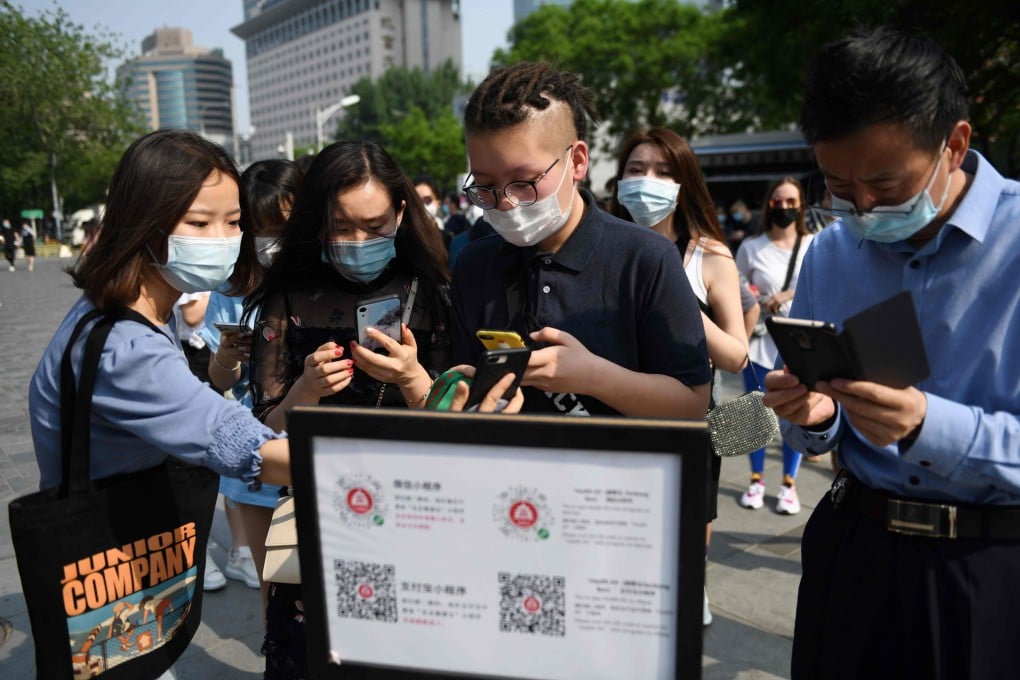No smartphone, no health code, no problem. A railway station in China offers relief to seniors
- A railway station in eastern China is helping people without smartphones print out health codes to help them on their journey
- Many seniors in China are still offline, leaving them unable to get the digital health codes that have become an essential tool during the Covid-19 pandemic

Getting around in China without a smartphone is a difficult task in 2020, and this has been a particular problem for the country’s elderly population. It has caused numerous altercations as people trying to get home or use public transport are turned away because they cannot show a digital health code that has become so common in the country.
Now one railway station in the eastern city of Wuxi is trying to help. Chinese netizens are applauding the station for setting up a special help desk for people without health codes.
Problems have been building up for seniors who eschew smartphones, making them unable to show a coloured QR code that has become a prevalent means of controlling the movement of people in China during the Covid-19 pandemic. This has led to people being turned away from public transport and residential communities.
In August, an elderly man in the northeastern city of Harbin was eventually escorted off a bus by a police officer because he did not have a smartphone. When he was unable to present a health code, he was scolded by other passengers. That same month in Dalian, another northeastern city, an elderly man was stopped from entering a subway station when he appeared to not know what a health code was. An argument with subway staffers ensued.
A different altercation in March even resulted in a fist fight. A worker at a neighbourhood checkpoint in a small city near Harbin got into a fight with an elderly man who could not show a health code to enter the area because he did not have a smartphone.
Incidents like these have repeatedly cropped up on social media, triggering widespread discussion. So when the Wuxi railway station posted a picture of a sign for its new help desk, netizens were quick to praise the effort. The post received more than 197,000 likes and a related hashtag was the top trending topic on Weibo on Friday morning.
About one in eight passengers who pass through the railway station either do not have a smartphone, use a feature phone or do not have WeChat on their phones, a railway station staff member told Chinese state broadcaster CCTV. That is about 2,000 people every day, he said.
At the new help desk, both staff and volunteers will help these people sign up for health codes or get a paper pass if they do not have a smartphone.